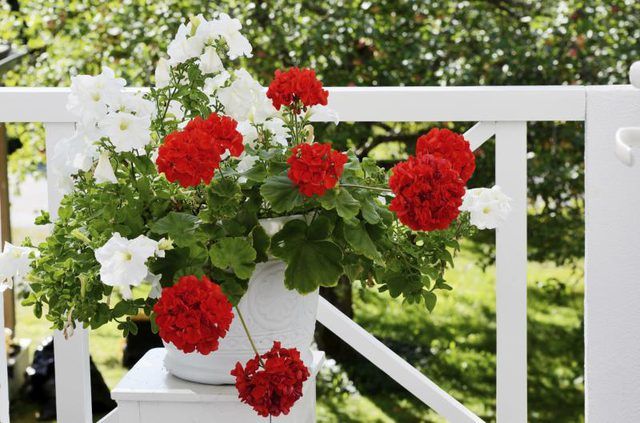Bulbs
Flower Basics
Flower Beds & Specialty Gardens
Flower Garden
Garden Furniture
Garden Gnomes
Garden Seeds
Garden Sheds
Garden Statues
Garden Tools & Supplies
Gardening Basics
Green & Organic
Groundcovers & Vines
Growing Annuals
Growing Basil
Growing Beans
Growing Berries
Growing Blueberries
Growing Cactus
Growing Corn
Growing Cotton
Growing Edibles
Growing Flowers
Growing Garlic
Growing Grapes
Growing Grass
Growing Herbs
Growing Jasmine
Growing Mint
Growing Mushrooms
Orchids
Growing Peanuts
Growing Perennials
Growing Plants
Growing Rosemary
Growing Roses
Growing Strawberries
Growing Sunflowers
Growing Thyme
Growing Tomatoes
Growing Tulips
Growing Vegetables
Herb Basics
Herb Garden
Indoor Growing
Landscaping Basics
Landscaping Patios
Landscaping Plants
Landscaping Shrubs
Landscaping Trees
Landscaping Walks & Pathways
Lawn Basics
Lawn Maintenance
Lawn Mowers
Lawn Ornaments
Lawn Planting
Lawn Tools
Outdoor Growing
Overall Landscape Planning
Pests, Weeds & Problems
Plant Basics
Rock Garden
Rose Garden
Shrubs
Soil
Specialty Gardens
Trees
Vegetable Garden
Yard Maintenance
How to Care for Potted Geraniums
How to Care for Potted Geraniums. With their deep green foliage and large clusters of showy blossoms, potted geraniums add splashes of color whoever they are placed. Plants exist in a wide range of bloom colors from white to orange, red and violet. Two geranium species dominate commercial sales: the common geranium (Pelargonium x hortorum) with...

With their deep green foliage and large clusters of showy blossoms, potted geraniums add splashes of color whoever they are placed. Plants exist in a wide range of bloom colors from white to orange, red and violet. Two geranium species dominate commercial sales: the common geranium (Pelargonium x hortorum) with rounded, velvety leaves, and the ivy geranium (Pelargonium peltatum), which produces glossy, pointed leaves. Common geraniums grow upright in pots while ivy geraniums cascade from hanging baskets or planters.
Plant in Full Sun
Grow geraniums in fertile, well-drained potting soil that has plenty of organic matter. They are grown as annuals in U.S. Department of Agriculture hardiness zones 3 through 9 and can be grown as perennials in USDA zones above 9. Make sure the drainage holes in the containers are not blocked. Keep plants in an area where they get full sun in the morning and light shade in the afternoon. Geraniums generally grow to about 15 inches tall. Once the plant starts blooming, pinch off faded flowers to encourage the plant to keep producing blooms.
Avoid Overfertilizing
Fertilize with a slow-release 20-20-20 granular fertilizer once in the spring. Alternatively, apply a liquid 20-20-20 fertilizer in the spring, midsummer and late summer. Avoid overfertilizing. Water the plants when the potting soil feels slightly dry to the touch. Avoid getting water on the leaves; apply water directly to the soil instead. Be careful not to overwater geraniums.
Hot Weather Problems
Geraniums do best at temperatures below 70 degrees Fahrenheit. Geraniums that are being grown outdoors stop blooming during intense heat waves, a condition called "heat check." They normally will resume blooming once temperatures go back down. Plant breeders offer heat-tolerant geranium varieties in an effort to combat this issue. Geraniums are very resistant to insect pests and diseases, so pesticides, fungicides and similar products normally are not needed.
Prune Plants
Where geraniums are grown as annuals, pruning is simply a matter of trimming dead and brown leaves and trimming away unhealthy stems that donít feel firm when gently squeezed. Before pruning, always sterilize pruning tools by dipping them in disinfectant. If you will be keeping geraniums through the winter, prune them in late fall or just before you bring them indoors. Prune the plant back by one-third to one-half, concentrating on snipping off woody or leggy stems.
Pinching
Pinching is a pruning technique that creates compact, bushy plants and works on new plants or overwintered plants. Pinch geraniums in spring once the plantís growth starts taking off. Pinch 1/4 inch to 1/2 inch off the end of each stem with your fingertips or snips. The plant will grow two new branches off the end of each stem.